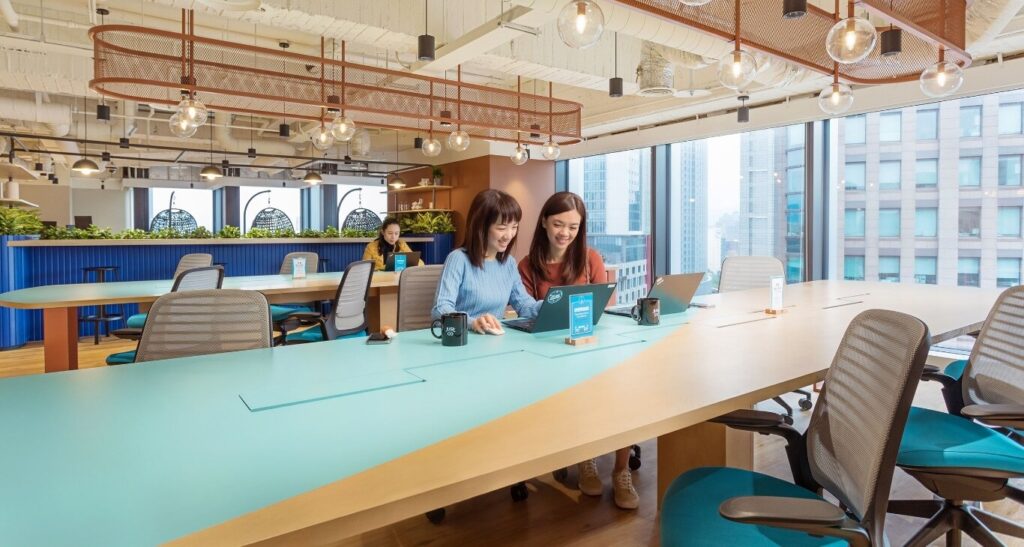
The way we work has fundamentally shifted. Gone are the days when success meant sitting in the same cubicle for forty years, eating sad desk lunches, and counting down to retirement. Today’s professionals are rewriting the rules, creating work lives that actually fit their lives—not the other way around.
But here’s what nobody tells you: this freedom comes with a catch. When you can work from anywhere, eat anything, and structure your day however you want, the choices become overwhelming. You’re not just choosing where to work or what to eat—you’re designing an entire professional lifestyle. And most of us? We’re making it up as we go along.
This article isn’t about productivity hacks or morning routines that’ll change your life. It’s about the practical, unglamorous decisions that actually shape your work experience: where you physically show up, what you put in your body, and how you create systems that don’t fall apart when life gets messy. Because the difference between professionals who thrive and those who just survive often comes down to these everyday choices that nobody thinks to teach us.
The Real Cost of Working From Home (And Why Your Couch Is Lying To You)
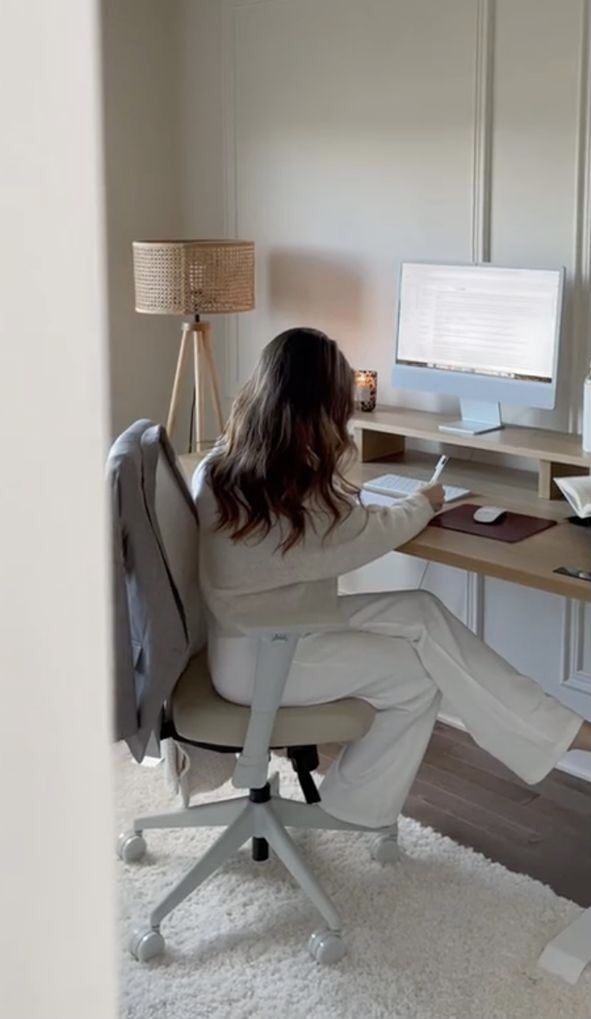
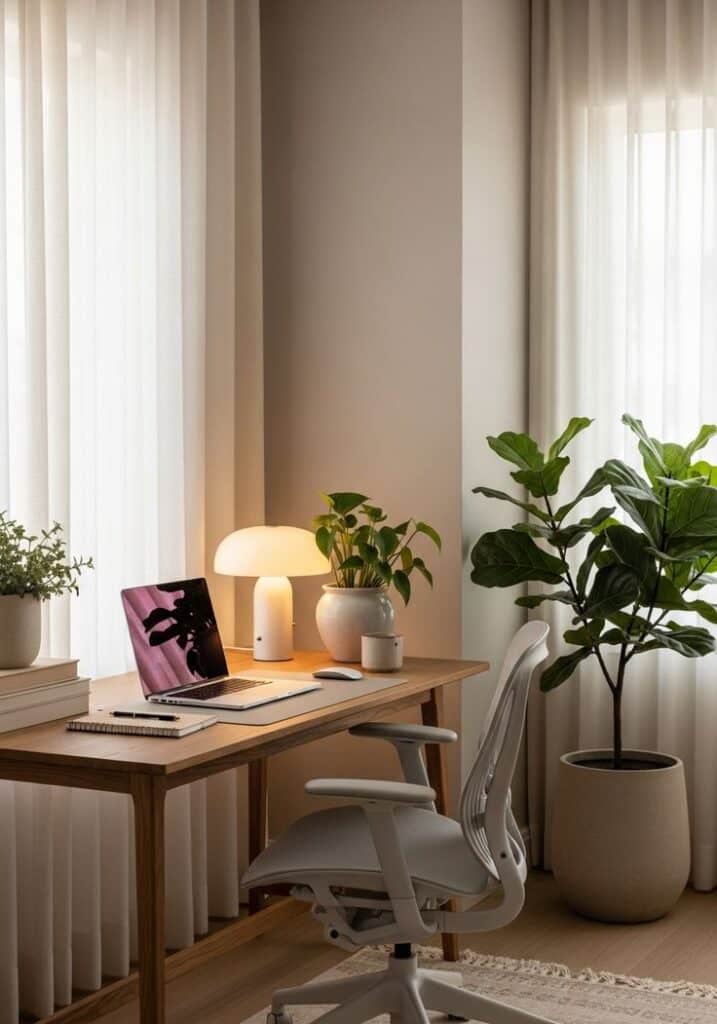
Let’s be honest—working from home sounded perfect in theory. No commute, no pants required, your own coffee. But after a few months, something strange happens. Your living room stops feeling like a sanctuary and starts feeling like a prison. Your productivity tanks. You realize you’ve worn the same hoodie for three days straight and can’t remember the last time you had a conversation that didn’t involve your delivery driver.
The home office trap is real, and it’s sneakier than most people realize. Your brain is remarkably good at associating spaces with activities. When your bedroom is also your office, which is also your gym, which is also your dining room, your brain essentially gives up trying to shift between modes. You end up in this weird mental fog where you’re never fully working and never fully relaxing.
The isolation hits differently too. Sure, video calls technically count as human interaction, but they’re not the same. You miss the random hallway conversations, the spontaneous brainstorming, the casual “how was your weekend” that somehow leads to your best idea of the month. Remote work gives you flexibility, but it can steal something subtler—the ambient energy of being around other people who are also trying to do good work.
This is where the workspace revolution actually matters. Not because coworking spaces are trendy or because hot-desking sounds cool on your LinkedIn profile, but because they solve a genuine problem: they give you separation. When you physically leave your house to work, your brain gets it. Work mode activates. And when you leave at the end of the day, you actually get to go home.
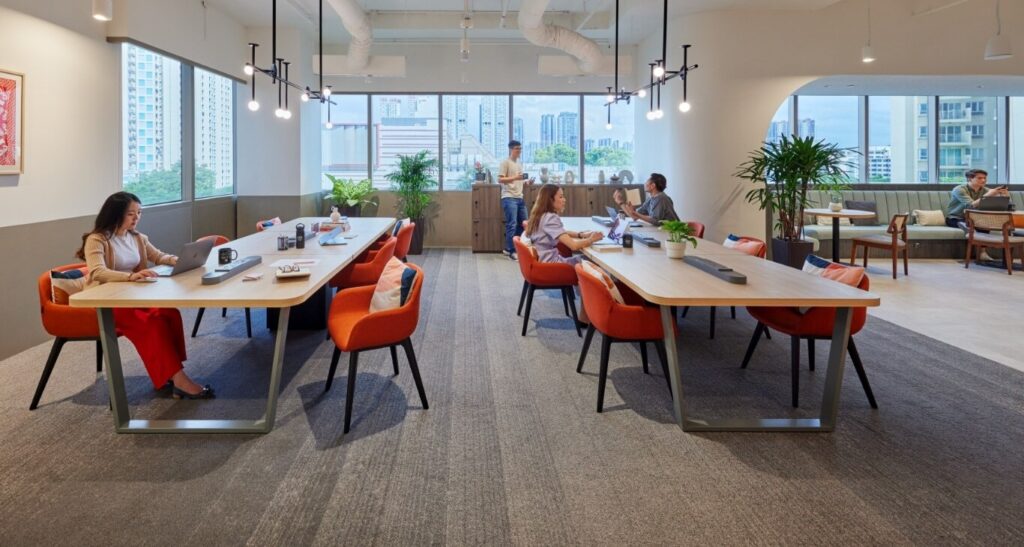
The JustCo hot desk model represents this shift toward intentional flexibility. Instead of committing to expensive office leases or suffering through home office burnout, you get access to professional workspace when you need it. Some days you need quiet focus. Other days you need the energy of people around you. The point isn’t having one perfect workspace—it’s having options that match how you actually work.
What makes flexible workspace arrangements work isn’t the standing desks or the fancy coffee machines (though those don’t hurt). It’s the psychology of having a third place—somewhere that’s not home and not a traditional office, but a space you’ve chosen for its specific benefits. You’re not there because your company signed a lease in 1987. You’re there because it serves your actual needs today.
Breaking Free From the “Always On” Mentality
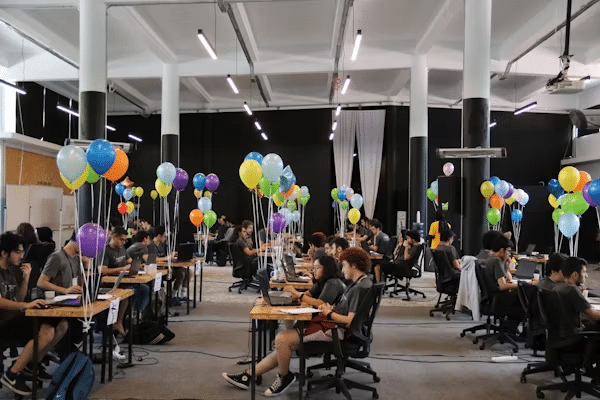
Here’s a paradox that messes with everyone: flexible work was supposed to give us more freedom, but instead, many of us just work longer hours in more places. You answer emails at breakfast, take calls during lunch, and review documents in bed. The office dissolved into your entire life, and suddenly there’s no escape.
The problem isn’t the tools—Slack and Zoom aren’t inherently evil. The problem is that we never learned how to create boundaries in a borderless work environment. Traditional offices had built-in limits. You left at 5 PM because the building closed. You took lunch because everyone else did. The structure wasn’t always great, but it existed.
Now we’re all winging it, and most of us are doing it badly. We equate flexibility with constant availability. We feel guilty taking breaks because we’re “not really in an office.” We skip lunch because we don’t have coworkers to go with. We tell ourselves we’ll just work for “a few more minutes” and look up to find it’s 9 PM.
Creating genuine work-life balance in a flexible arrangement requires being more intentional, not less. You need to build your own structure because nobody’s going to do it for you. That means deciding when your workday starts and ends—and actually sticking to it. It means creating transition rituals that signal to your brain when you’re shifting modes. It means giving yourself permission to be unavailable without feeling like you’re letting everyone down.
The professionals who make flexible work aren’t the ones who can work anytime, anywhere. They’re the ones who know when to disconnect. They treat their time like a finite resource because it is. They understand that being available 24/7 doesn’t make you dedicated—it makes you exhausted and less effective at everything.
The Forgotten Foundation: What You Eat Actually Matters
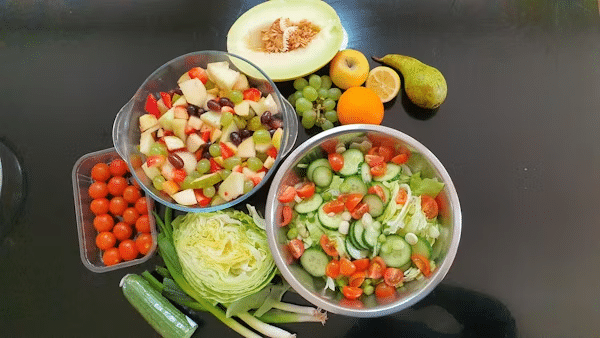
Nobody wants to hear this, but let’s say it anyway: you can’t out-hustle a terrible diet. All those productivity strategies mean nothing if you’re running on three hours of sleep, four coffees, and whatever sad takeout you could find at 10 PM. Your body isn’t a machine that runs on pure willpower—it needs actual fuel.
The modern professional’s relationship with food is honestly kind of dysfunctional. We treat eating like an inconvenience, something that gets in the way of “real work.” We skip breakfast because we’re in a rush. We eat lunch at our desks while answering emails. Dinner becomes whatever’s fastest, not what’s best. Then we wonder why we’re exhausted, foggy, and reaching for sugar every afternoon.
Here’s what actually happens when you eat poorly: your blood sugar spikes and crashes, your energy levels fluctuate wildly, your focus disappears, your mood tanks, and your decision-making gets worse. You’re basically trying to do knowledge work with a handicapped brain. It’s like trying to run a marathon in flip-flops—technically possible, but why would you do that to yourself?
The research on nutrition and cognitive performance is overwhelming and consistent: what you eat directly impacts how well you think. Your brain is an energy hog, consuming about 20% of your total calories despite being only 2% of your body weight. Feed it garbage, and it performs like garbage. Feed it well, and you actually get the mental clarity and sustained energy everyone’s always chasing with their third espresso.
But knowing you should eat better and actually doing it are different challenges. The biggest barrier isn’t information—everyone knows vegetables are good for you. The barrier is time, energy, and decision fatigue. After a long day of work, who has the mental capacity to plan a nutritious meal? Most people default to whatever’s easy, which usually means whatever’s unhealthy.
This is where a bit of advance planning changes everything. Not meal prepping your entire existence like some fitness influencer—just reducing the number of food decisions you have to make when you’re already tired. Having a system means you’re not starting from zero every single day.
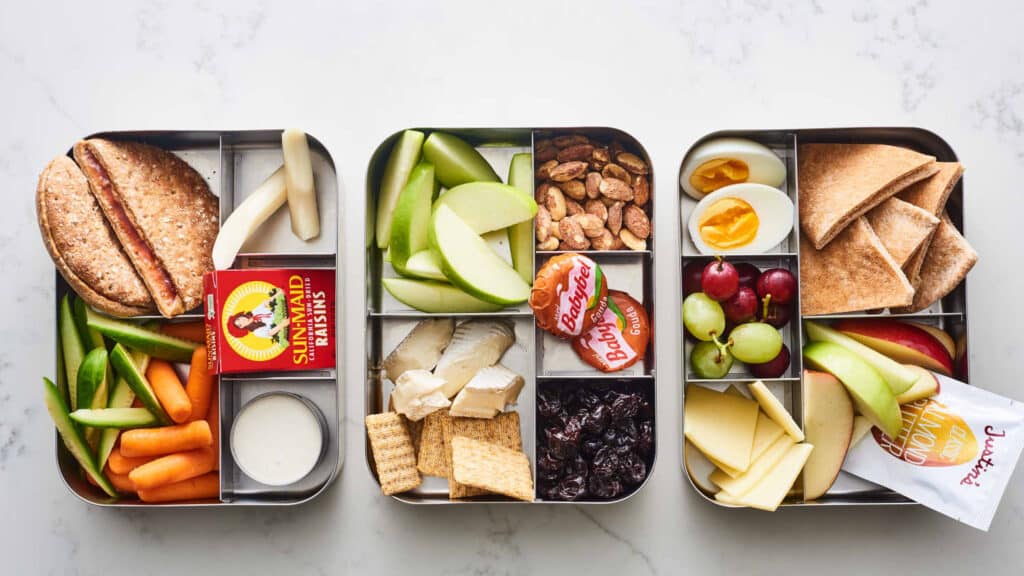
Taking lunch to work—whether that’s a coworking space, a client site, or a coffee shop—stops being a chore when you’ve made it easy. A personalised lunch box isn’t just about carrying food; it’s about creating a system that makes the healthy choice the easy choice. When you’ve already packed something decent, you’re not standing in line at some overpriced sandwich place, staring at mediocre options and making a decision you’ll regret an hour later.
The goal isn’t perfection. You’re not trying to eat like an Olympic athlete or never have pizza again. The goal is having a baseline that keeps your brain functioning well enough to do your job. That means regular meals with actual nutrients, not nutritional survival mode punctuated by guilt-eating.
Think of it this way: you charge your phone every night because you know it won’t work tomorrow if you don’t. Your body deserves at least the same level of consideration. Bringing your own food isn’t about being virtuous or saving money (though both are nice side effects). It’s about treating your body like the critical piece of infrastructure it is.
Building Systems That Actually Stick
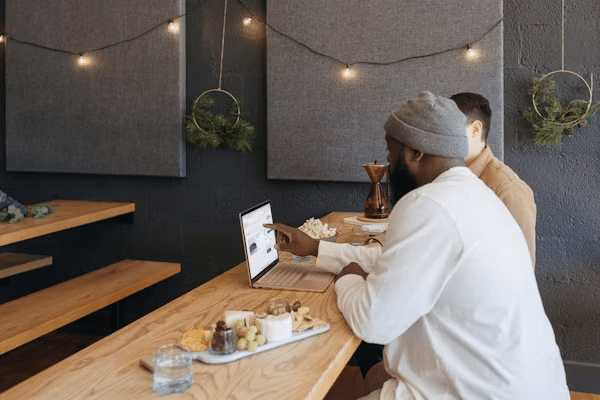
The difference between people who maintain healthy work habits and those who constantly start over every Monday isn’t willpower—it’s systems. Relying on motivation is like relying on the weather. Some days it’s there, most days it’s not, and you can’t control it either way.
Good systems make the right choice automatic. They remove decision points. They work even when you’re tired, stressed, or not particularly inspired. They’re boring, unsexy, and absolutely essential.
Take workspace choice. If you wake up every morning deciding whether to work from home, go to a coffee shop, or book a workspace, you’re burning mental energy before you’ve started actual work. Better system: designate specific days for specific locations. Mondays and Wednesdays you’re in a shared workspace for the energy and structure. Tuesdays and Thursdays you’re home for deep focus work. Fridays you’re flexible based on what the week demands. Done. No decision required.
The same principle applies to food. Don’t decide what to eat when you’re hungry and your blood sugar is tanking—you’ll make terrible choices. Decide on Sunday. Prep on Sunday. Pack the night before. Your future self, who’s hungry and tired and just wants to get through the day, will thank your past self for thinking ahead.
The real trick is making systems so simple they’re harder to break than to keep. If your system requires perfect conditions, it’ll fail the first time life gets complicated. If your system is “wake up at 5 AM, meditate for an hour, make a gourmet breakfast, and journal about your goals,” you’re setting yourself up for disappointment. If your system is “put lunch in the fridge before bed so it’s ready to grab in the morning,” that might actually work.
Start small. Pick one system. Make it embarrassingly easy. Do it for two weeks. Then add another. This is how sustainable change actually happens—not through dramatic overhauls, but through tiny improvements that compound over time.
The Professional Life You Actually Want
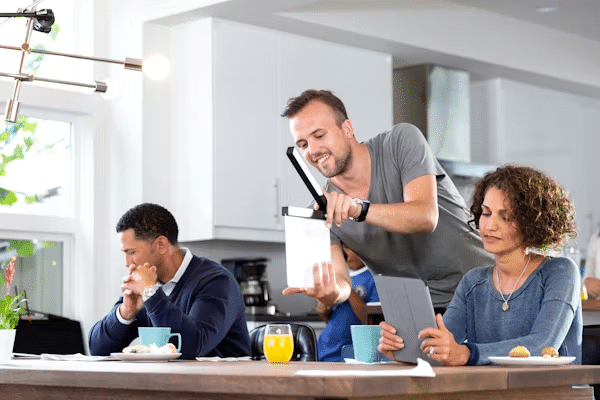
Here’s the uncomfortable truth: most people spend more time planning their vacation than planning their work life. They fall into routines by accident, not by design. Then they wonder why they’re unfulfilled, burned out, or just going through the motions.
You don’t have to work this way. The flexibility that defines modern professional life isn’t a problem to be managed—it’s an opportunity to build something better. But only if you’re willing to be intentional about it.

That means asking yourself hard questions. Where do you do your best work? What time of day is your brain actually functional? What do you need to feel energized versus drained? How much social interaction feeds you versus depletes you? What does your body actually need to perform well?
Nobody else can answer these questions for you, and nobody else is going to hand you the perfect work life on a silver platter. You have to design it yourself. You have to experiment. You have to pay attention to what works and what doesn’t, then adjust accordingly.
The professionals who are genuinely thriving right now—not just performing success on social media, but actually living well—are the ones treating their work life like a design project. They’re not waiting for their company to figure it out or for the perfect routine to reveal itself. They’re actively building the systems, spaces, and habits that work for them.
This doesn’t mean you need to have everything figured out. You don’t need the perfect morning routine or the ideal workspace or the flawless meal plan. You just need to be thoughtful about your choices instead of defaulting to whatever’s easiest in the moment.
Small changes compound. Choosing a proper workspace instead of your couch. Bringing real food instead of grabbing whatever. Taking actual breaks instead of pushing through. These aren’t revolutionary acts, but they add up to a completely different professional experience.
Making It Work in Real Life
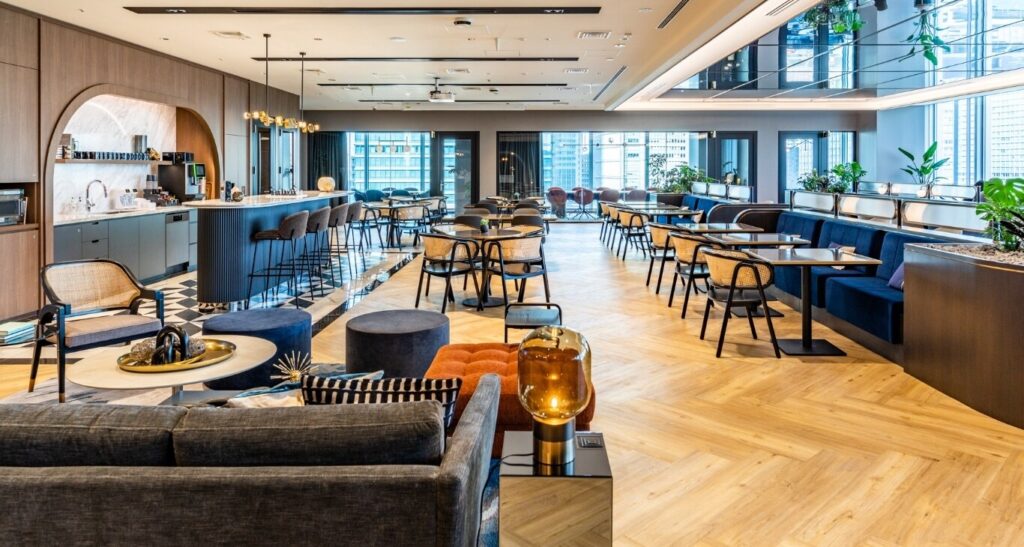
The gap between knowing what to do and actually doing it is where most good intentions go to die. You read articles like this, feel motivated for about three hours, then fall back into exactly the same patterns. So how do you actually bridge that gap?
First, stop trying to change everything at once. Pick one thing. Maybe it’s committing to working from a proper workspace twice a week. Maybe it’s prepping your lunches on Sunday. Maybe it’s setting a hard stop time for work each day. One thing. Do it consistently for a month. Then add something else.
Second, build in accountability that isn’t based on shame. Tell a friend what you’re trying. Text them when you actually do the thing. This isn’t about proving anything—it’s about making your intentions slightly more real by sharing them.
Third, expect failure and plan for it. You will have days where you sleep through your alarm, eat junk food, and work from your couch in pajamas. That’s fine. The system isn’t broken because you broke it once. You didn’t ruin everything. You just had a bad day. Tomorrow you start again.
The goal isn’t perfection. The goal is a slight improvement in how you work and live. That’s it. Not a complete transformation, not a whole new you—just a marginal upgrade to your daily experience that, over time, adds up to something meaningful.
Your work life is yours to design. Not perfectly, not all at once, but gradually and intentionally. The space you work in, the food you eat, the boundaries you set—these aren’t minor details. They’re the actual substance of your professional life. They’re worth getting right.
- 0shares
- Facebook0
- Pinterest0
- Twitter0


